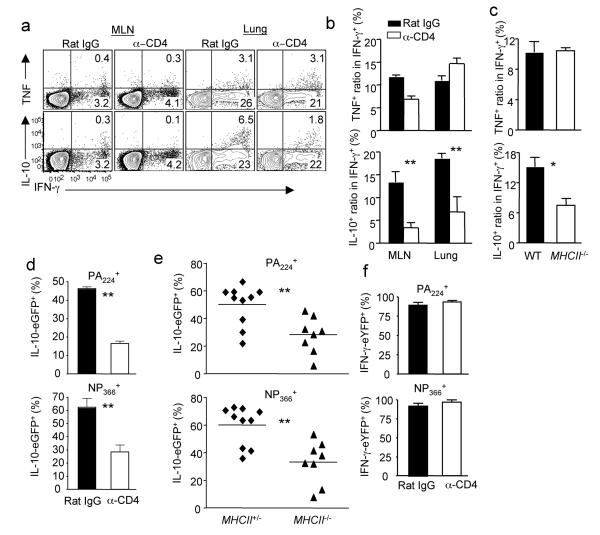Figure 2. CD4+ T cell “help” is selectively required for the induction of IL-10 producing CTL in vivo.
(a, b) WT mice were injected with Rat IgG or anti-CD4 (α-CD4) depleting Ab and infected with influenza. At d8 p.i., the production of IL-10, IFN-γ and TNF by CTL from MLN or lungs was measured by ICS. (b) The normalized percentages of IL-10+ or TNF+ cells in influenza-specific CTL (IFN-γ+) from MLN or lungs are depicted. (c) WT or MhcII−/− mice were infected with influenza. At d7 p.i., the normalized percentages of IL-10+ or TNF+ cells in influenza-specific CTL (IFN-γ+) from lungs of WT and MhcII−/− are depicted. (d) Vert-X mice were injected with Rat IgG or anti-CD4 Ab and infected with influenza. At d7 p.i., the percentages of IL-10-eGFP+ cells in influenza-specific PA224 or NP366 tetramer+ cells are depicted. (e) MhcII+/−-Vert-X or MhcII−/−-Vert-X mice were infected with influenza. At d7 p.i., the percentages of IL-10-eGFP+ cells in influenza-specific lung PA224 or NP366 tetramer+ cells are depicted. (f) Yeti mice were injected with Rat IgG or α-CD4 Ab and infected with influenza. At d7 p.i., the percentages of IFN-γ-eYFP+ cells in influenza-specific lung PA224 or NP366 tetramer+ cells are depicted. Numbers are the percentages of cells in gated population. *, P <= 0.05; **, P <= 0.01. (a-d, f) Data are from one experiment, but are typical of three. (e) Data are pooled from total of four experiments.

